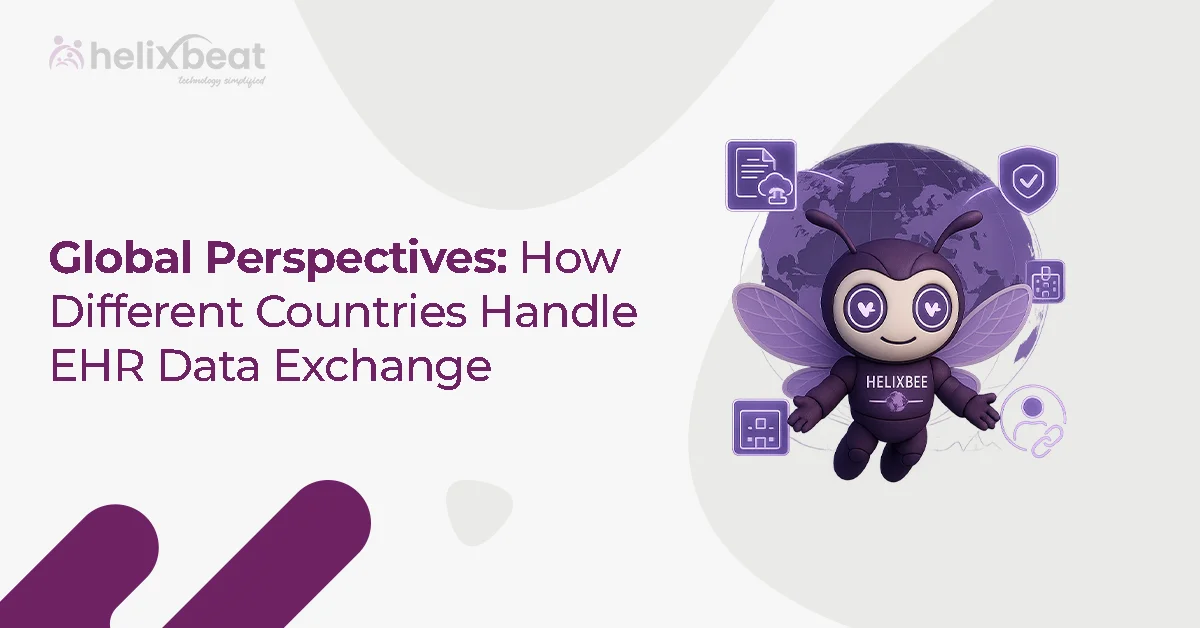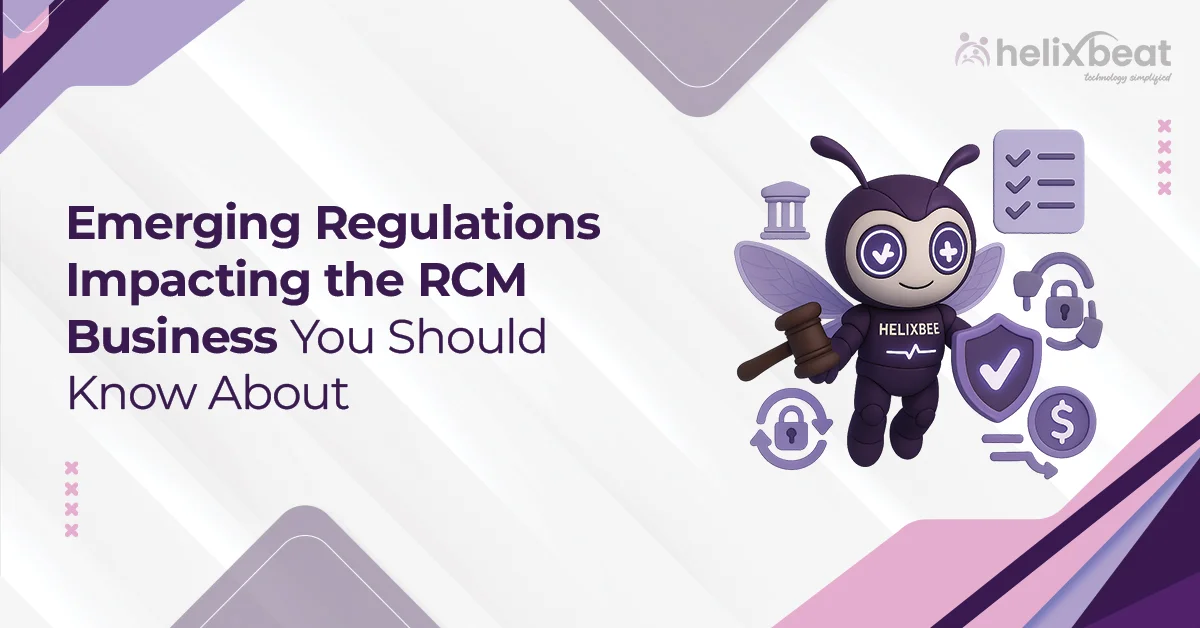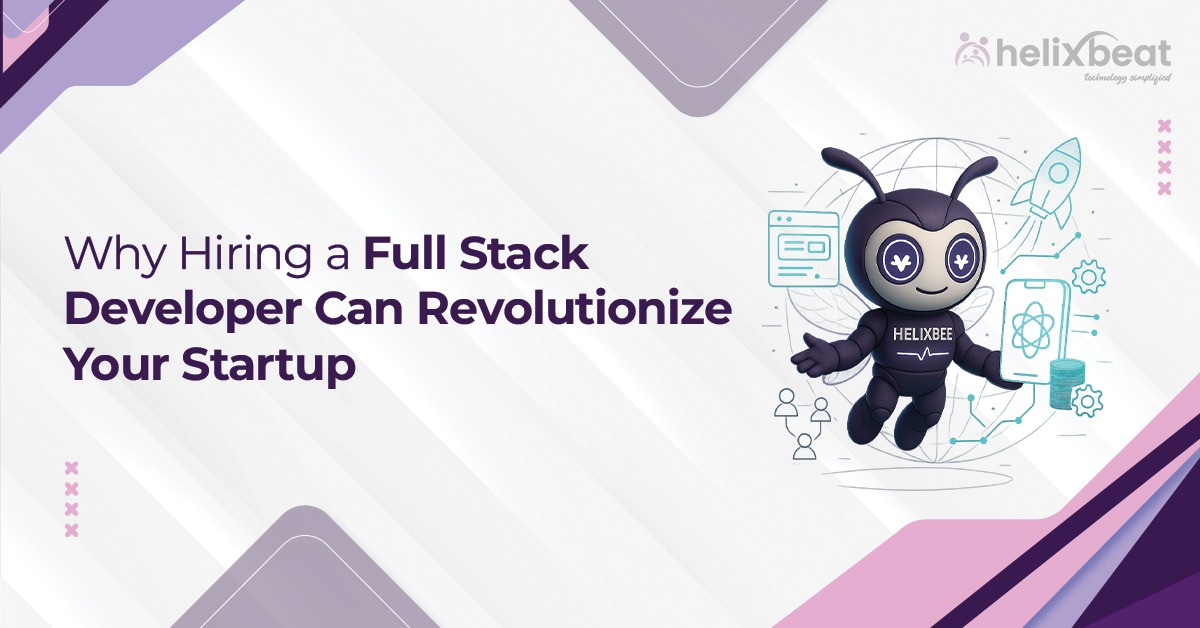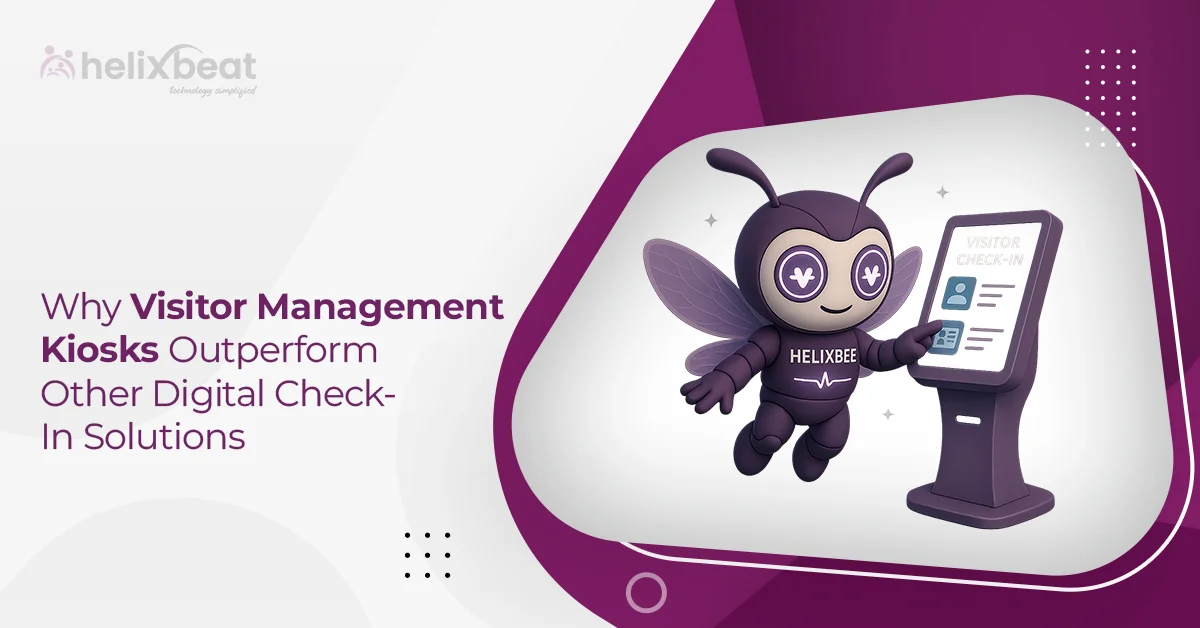Today, people expect apps and websites to work perfectly from the moment they log in until they log out. Every step should be smooth and error-free. This is why end-to-end testing is so important. It checks the whole user journey, making sure all parts of the software work well together and nothing gets missed.
Many software systems connect with other tools like databases, APIs, or third-party services. If even one part has a problem, it can cause big issues for users. End-to-end testing helps find these problems before the software goes live.
That’s where professional software testing services solve these problems. At Helixbeat, we offer complete end to end testing to cover all important workflows. We use a mix of automated and manual tests to find bugs early and make sure everything works smoothly.

Table of Contents
What is End to End Testing?
End to end testing is a way to check that a software application works correctly from start to finish. It tests the complete flow that a real user would follow for example, logging in, using different features, and logging out. The goal is to make sure all parts of the system, including connected components like databases and external services, work well together.
Unlike testing a single feature or function, end-to-end testing examines the entire picture to identify any issues that may arise when different components interact. This helps make sure the software behaves as expected in real-life situations.
Types of End to End Testing
Understanding the different types of end to end testing helps you to understand complete coverage of your application’s entire workflow.
1. Manual End-to-End Testing
Testers manually go through the entire user flow step-by-step to check if everything works as expected without using any automation tools.
2. Automated End-to-End Testing
Utilises software tools to automate testing across the entire user journey, saving time and enabling frequent testing.
3. Functional End-to-End Testing
Focuses on verifying that all features and functions in the user flow work correctly from start to finish.
4. Non-functional end-to-end testing
Checks aspects like performance, security, and usability throughout the entire workflow to make sure the system meets quality standards beyond just functionality.
5. Integrated End to End Testing
Tests how different integrated systems, such as APIs, databases, and third-party services, work together during the complete user process.
Why is End-to-End Testing Needed?
1. To Understand Complete User Workflows
End-to-end testing makes sure that every part of a user’s journey works smoothly together, from logging in to completing tasks and logging out. This helps catch any problems that might happen when different features or systems interact, providing a seamless experience for the user.
2. To Detect Integration Issues Early
Modern software often relies on many connected components like databases, APIs, and external services. End-to-end testing checks how these parts work together, helping find integration problems before they affect real users or cause system failures.
3. To Improve Software Quality and Reliability
By testing the whole system in real-world scenarios, end-to-end testing helps identify hidden bugs and weaknesses. This leads to higher quality software, fewer crashes, and better performance, which builds user trust and reduces costly fixes after release.
7 Stages Involved in End-to-End Testing
1. Identify Critical User Flows
Begin by mapping out the key workflows that users perform most frequently or that are crucial to the business, such as account registration, payment processing, or product search. These flows represent the main paths that must work flawlessly to deliver a good user experience and meet business goals.
2. Prepare Realistic Test Environments
Set up test environments that closely replicate the production setup, including all connected systems like databases, APIs, third-party services, and network conditions. This helps to catch environment-specific issues and ensures the tests reflect real-world usage as accurately as possible.
3. Create Detailed Test Scenarios
Develop comprehensive test cases that cover every step within each user flow, including positive paths and possible edge cases or errors. Well-documented scenarios make it easier to execute tests consistently and identify where failures occur.
4. Choose Between Manual and Automated Testing
Decide which test cases should be executed manually and which can benefit from automation to save time and improve repeatability. Automated testing is ideal for repetitive tasks and regression checks, while manual testing is better suited for complex scenarios requiring human judgment.
5. Execute Test Cases Thoroughly
Run all the prepared test scenarios carefully, verifying that every function works as expected at each step and that data flows correctly between systems. Pay close attention to integration points, user interface behavior, and error handling.
6. Track and Report Defects
Whenever a bug or issue is found, log it with detailed information such as steps to reproduce, screenshots, and system logs. Clear defect reporting speeds up the resolution and helps developers understand the problem fully.
7. Re-test After Fixes
After developers address the reported issues, re-run the affected test cases to confirm the fixes work and haven’t caused new problems elsewhere. This cycle of testing and fixing continues until the software meets the desired quality standards.
Challenges in End to End Testing
End to end testing comes with unique challenges that require careful planning and the right expertise to overcome.
- Managing complex test environments that closely mimic production can be difficult.
- Coordinating between multiple integrated systems often leads to unpredictable failures.
- Maintaining and updating test scripts as the software evolves requires constant effort.
- Handling large volumes of test data while keeping it realistic is challenging.
- Identifying the root cause of failures can be tricky due to many interacting components.
- Automating end to end tests can be time-consuming and requires skilled resources.
End to End Testing vs Regression Testing
| Aspect | End to End Testing | Regression Testing |
| Scope | Tests the complete workflow across integrated systems. | Tests existing functionalities to confirm they still work after changes. |
| Goal | Verify that all parts of the system work together as expected from start to finish. | Ensure recent code changes don’t break or degrade existing features. |
| Test Method | Simulates real user scenarios covering full processes. | Runs a suite of previously created tests on affected parts of the software. |
| What to Validate | Integration and interaction between multiple components and systems throughout the user journey. | Stability and correctness of the software after updates or bug fixes. |
End to End Testing vs System Testing
| Aspect | End to End Testing | System Testing |
| Scope | Tests complete workflows involving multiple integrated systems and external interfaces. | Tests the entire software system as a whole but within a single application boundary. |
| Goal | Validate that all connected components work together correctly in real-world scenarios. | Verify that the software system meets its specified requirements independently. |
| Test Method | Simulates real user journeys that cross system boundaries and multiple components. | Tests functional and non-functional requirements of the system in isolation. |
| What to Validate | End-to-end process flow, data integrity, system integration, and interaction with external systems. | Functionality, performance, security, and compliance of the standalone system. |
Tools and frameworks used for end-to-end testing
1. Selenium
Selenium is one of the most popular open-source tools for automating web browser interactions. It supports multiple programming languages and browsers, making it ideal for creating robust automated end to end tests across different platforms.
2. Cypress
Cypress is a modern testing framework designed specifically for web applications. It offers fast, reliable testing with easy setup and real-time reloads, helping testers write, run, and debug end-to-end tests quickly.
3. TestCafe
TestCafe is a user-friendly tool that allows writing end-to-end tests using JavaScript or TypeScript without the need for browser plugins. It works across all major browsers and provides features like smart test execution and parallel testing to improve efficiency.
End to End Testing Best Practices
Following proven end-to-end testing best practices helps deliver reliable software and smooth user experiences.
1. Plan and Prioritize Test Scenarios
Start by identifying and prioritizing the most critical user journeys and business processes to test. Focus on scenarios that impact core functionality and user experience to make the testing effort efficient and effective.
2. Use a Balanced Mix of Manual and Automated Testing
Combine automated tests for repetitive, stable workflows with manual testing for complex, dynamic scenarios. This balance helps speed up testing cycles while maintaining thorough coverage and flexibility.
3. Maintain and Update Test Suites Regularly
Keep your test cases and scripts up to date as the application evolves. Regular maintenance helps avoid false positives, keeps tests relevant, and improves overall test accuracy and reliability.
Final Thoughts
When it comes to software, the journey from login to logout needs to be flawless any small glitch can disrupt the entire experience and impact your users’ trust. That’s why end to end testing plays such a crucial role. It uncovers hidden issues, ensures all parts of your system work together smoothly, and helps deliver a product that feels reliable and polished.
But we know that performing thorough end to end testing isn’t easy. It takes expertise, the right tools, and a clear strategy. Helixbeat fills that gap with dedicated software testing team blends manual insight with automation to cover every critical user flow with precision.
With Helixbeat, you can launch your software with trust, knowing that nothing will be missed from the very first login to the final logout. Get in touch with Helixbeat today to make sure your software works perfectly from login to logout. Book a demo with Helixbeat today and bring your app vision to life
FAQ:
1. What is end-to-end testing in Agile?
End-to-end testing in Agile involves verifying that the entire application flow works correctly within each sprint or iteration. It focuses on testing complete user journeys and integrations to ensure new changes do not break existing functionality, supporting Agile’s fast and continuous delivery.
2. What is end-to-end API testing?
End to end API testing checks how different APIs interact within the entire system. It verifies that APIs function correctly, exchange data properly, and work smoothly with other system components throughout the full user flow.
3. What is the difference between SIT and E2E testing?
System Integration Testing (SIT) focuses on verifying the interactions between different system modules or components. End-to-end (E2E) testing goes further by validating the entire user journey, including all integrated systems and external interfaces, from start to finish.
4. What is the end-to-end testing format?
The end-to-end testing format typically includes defining test scenarios based on real user workflows, creating detailed test cases, executing tests across all integrated systems, logging defects, and re-testing after fixes to ensure complete coverage.
5. What is a UAT checklist?
A User Acceptance Testing (UAT) checklist is a list of key criteria and test cases used to verify that the software meets business requirements and is ready for release. It guides testers in validating functionality, usability, and overall user experience.
6. What is UAT and end-to-end testing?
UAT (User Acceptance Testing) is the final phase, where actual users test the software to confirm it meets their needs. End-to-end testing is a broader process that verifies the entire system workflow, including all integrations, before UAT. Both work together to ensure the software is ready for production.














